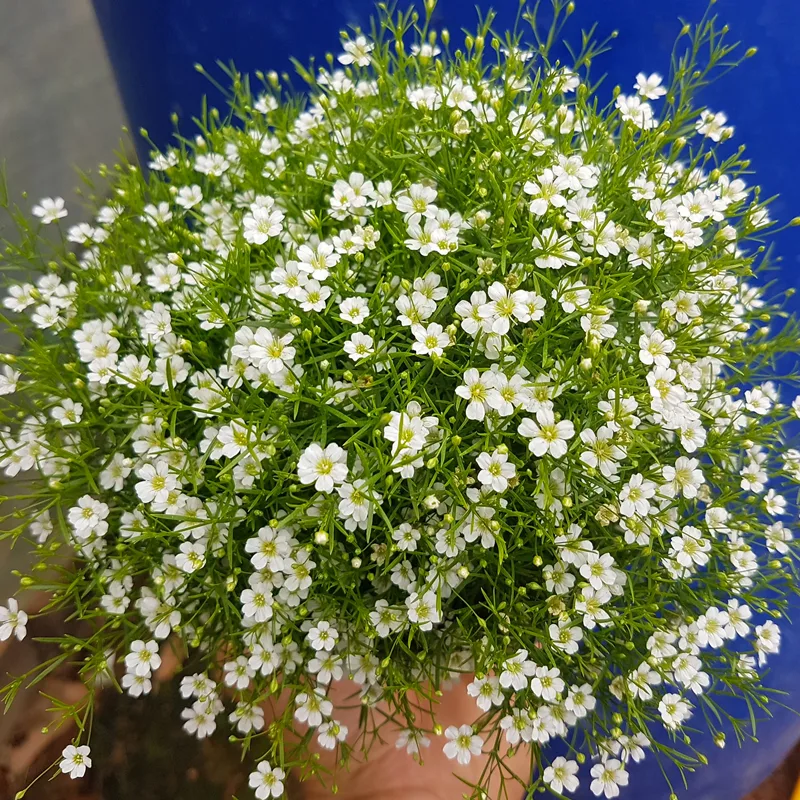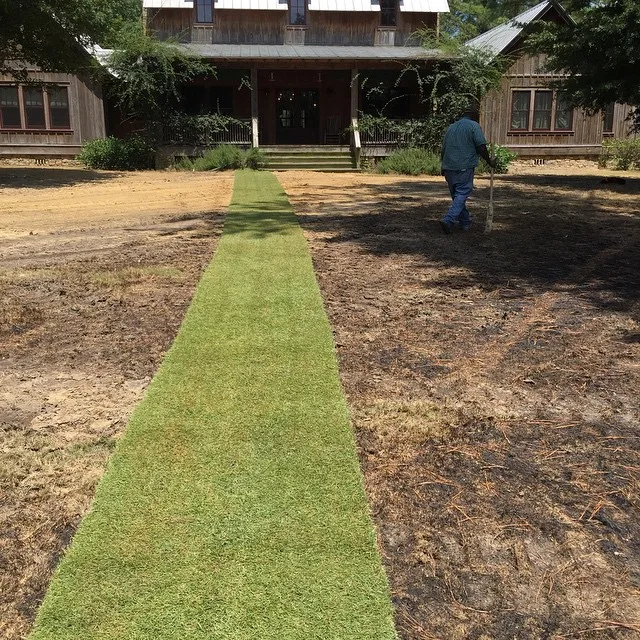
What is Ardisia Humilis?
As a passionate gardener and nature enthusiast, I find myself continually drawn to the captivating world of plants. Among the plethora of flora that grace our planet, one species that has recently piqued my interest is Ardisia humilis. Join me on a journey as we delve into the wonders of this enchanting plant.
Ardisia humilis, commonly known as the Dwarf Ardisia, is a charming evergreen shrub native to Southeast Asia. With its glossy, dark green foliage and clusters of vibrant red berries, it adds a touch of elegance to any garden landscape. Growing up to two feet in height, this compact shrub is ideal for both indoor and outdoor cultivation, making it a popular choice among gardening enthusiasts.
737 Species in Genus Ardisia
Is Ardisia Humilis Poisonous to Cats?
One concern that often arises among pet owners is the potential toxicity of plants to their beloved furry friends. In the case of Ardisia humilis, there is some debate regarding its effects on cats. While the plant does contain compounds that may be harmful if ingested in large quantities, cases of severe toxicity are rare. However, it is always wise to err on the side of caution and keep pets away from the plant to prevent any potential harm.
Are Ardisia Humilis Fruit Edible?
One of the most intriguing features of Ardisia humilis is its vibrant red berries, which adorn the plant throughout the year. While these berries may be visually appealing, it is important to exercise caution when considering their edibility. Ingesting large quantities of Ardisia humilis berries can cause gastrointestinal discomfort in humans and may be toxic to certain animals. Therefore, it is best to admire the berries from a distance rather than indulging in their consumption.
How to Care for Ardisia Humilis?
Caring for Ardisia humilis is relatively straightforward, making it an ideal choice for both novice and experienced gardeners alike. This resilient shrub thrives in well-draining soil and prefers partial shade to full shade conditions. Regular watering is essential to keep the soil evenly moist, especially during the plant’s active growing season. Additionally, applying a balanced fertilizer every few months can help promote healthy growth and vibrant foliage.
How to Propagate Ardisia Humilis?
Propagating Ardisia humilis is a rewarding experience that allows you to expand your plant collection with ease. The most common method of propagation is through stem cuttings taken from mature plants. Simply select a healthy stem with several leaves and make a clean cut just below a node. Place the cutting in a pot filled with moist potting mix and keep it in a warm, humid environment until roots begin to develop. Once roots have established, the new plant can be transferred to its permanent location.
What to Plant with Ardisia Humilis?
When designing a garden landscape, it is important to consider the complementary nature of different plant species. Ardisia humilis pairs well with a variety of shade-loving plants, such as ferns, hostas, and caladiums. These plants not only create visual interest but also provide a diverse habitat for beneficial insects and wildlife. Additionally, incorporating mulch around the base of Ardisia humilis can help retain moisture and suppress weed growth, ensuring a healthy and thriving garden environment.
Conclusion: Embracing the Beauty of Ardisia Humilis
In conclusion, Ardisia humilis is a remarkable plant that deserves a place of honor in any garden landscape. From its glossy foliage to its vibrant berries, it never fails to captivate the senses and inspire wonder. While there are considerations regarding its toxicity and care requirements, the rewards of cultivating this enchanting shrub far outweigh any challenges. So, whether you’re a seasoned gardener or a curious beginner, I encourage you to embrace the beauty of Ardisia humilis and experience the joy it brings to your outdoor sanctuary.
If i die, water my plants!



